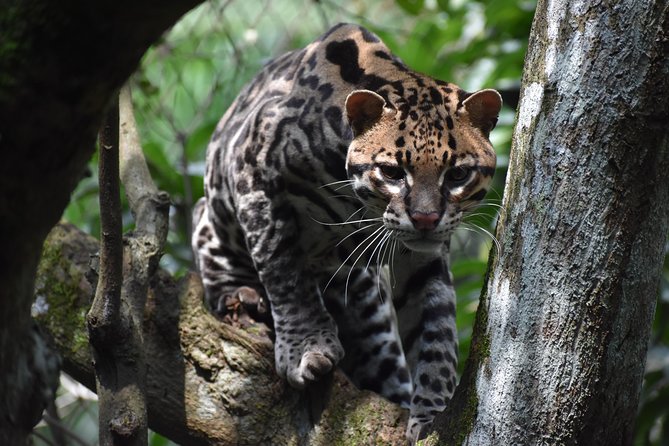In a move that’s sparked widespread discussion and approval, Costa Rica has embarked on a transformative journey from traditional zoos towards wildlife rescue centers. This shift marks a significant turning point in how the nation handles wildlife in captivity, emphasizing rehabilitation and sanctuary over display and entertainment.
The Transformation of Costa Rican Zoos
The Costa Rican government has taken a bold step in animal welfare and conservation by transitioning the management of captive wildlife from state-run zoos to dedicated wildlife rescue centers. This change was spearheaded by the closure of two major zoological institutions: the Simón Bolívar Zoo and the Santa Ana Conservation Center.
- A Legacy Transformed: Both facilities were operated under nonprofit status by the Fundazoo Foundation and have long served as the nation’s principal wildlife rescue centers. However, their roles have evolved significantly over the past decades.
- From Zoos to Sanctuaries: The physical and operational transformation of these centers is set to redefine the care and rehabilitation of wildlife in Costa Rica. The focus is now squarely on providing a sanctuary for animals who cannot return to the wild due to physical or behavioral challenges.
Legal and Operational Changes
The closure of these zoos has been underpinned by a comprehensive legal and operational overhaul:
- Legislative Push: Spearheaded by environmental advocates and supported by the Costa Rican Ministry of Environment & Energy, this shift aims at enhancing the legislative framework governing wildlife conservation.
- Fundazoo’s Contract Expiration: The transition became possible after the expiration of Fundazoo’s contract to manage these zoos, which was not renewed, prompting a reevaluation of the use of these spaces.
Moving Towards a Humane Model
The transition to wildlife rescue centers is designed to promote a more humane model of wildlife care:
- Educational Focus: The new centers are intended not only to provide care but also to educate the public on conservation issues and the specific needs of wildlife.
- Restorative Justice for Animals: There is a strong emphasis on requiring individuals responsible for environmental damages to undertake restorative actions.
Challenges and Considerations
This transition is not without its challenges:
- High Mortality Rates During Transfers: The shift has seen its share of difficulties, including high mortality rates among animals during their transfer to new facilities.
- Public Perception and Awareness: Changing public perception from seeing these locations as attractions to recognizing them as sanctuaries requires significant public education and awareness efforts.
Future Directions
Costa Rica’s environmental strategy represents a broader shift towards more sustainable and ethical wildlife tourism:
- Sanctuaries Over Zoos: The focus is on turning former zoo sites into public parks or sanctuaries that prioritize animal welfare over visitor entertainment.
- Continued Commitment: The government’s ongoing commitment to this transformation is expected to serve as a model for other nations.
Costa Rica’s move away from traditional zoos to sanctuaries represents a significant step forward in animal welfare and conservation. This initiative not only enhances the lives of many captive animals but also sets a progressive example for other countries to follow. It underscores the importance of evolving conservation practices to ensure they meet modern ethical standards and contribute effectively to the global biodiversity conservation goals.

